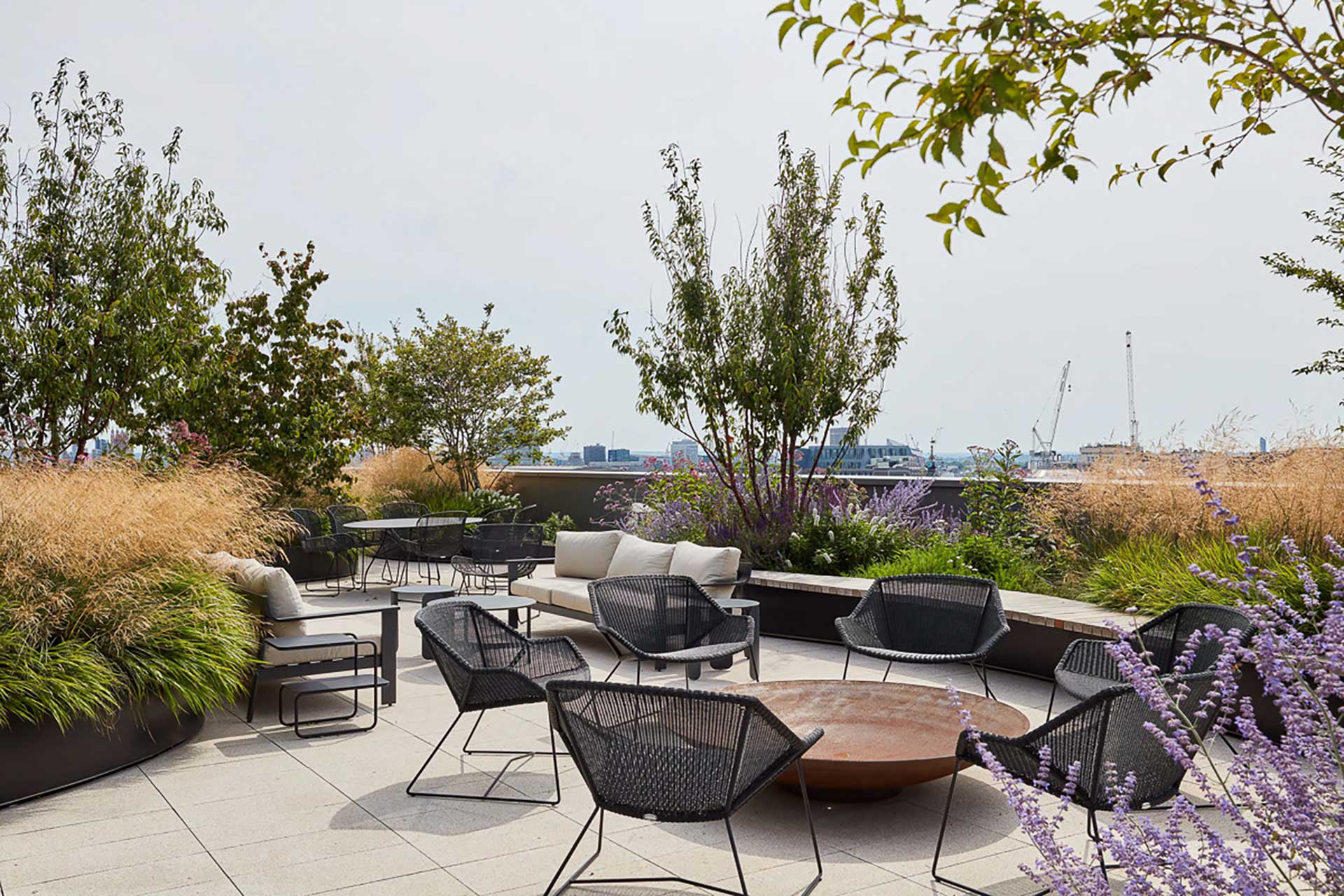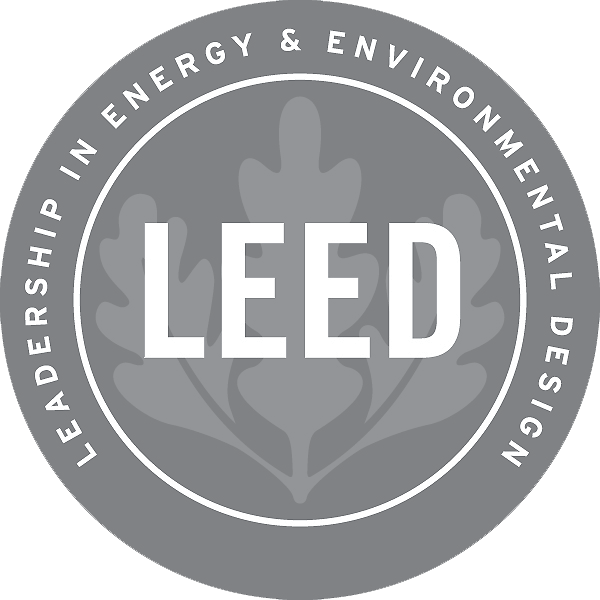We source suppliers and specify with sustainability in mind. Below are examples of certification that we look for:
- Timber Certification eg: FSC PEFC
- Stone Cerification eg: Ethical Stone Register, ANSI 373, Greenguard
- Metal Cerification eg: BES 6001, CARES
- Glass Certification eg: Cradle to Cradle
- Supplier Certification eg: ISO 9001, 14001, 50001, 14025, GBC, PlanetMark









